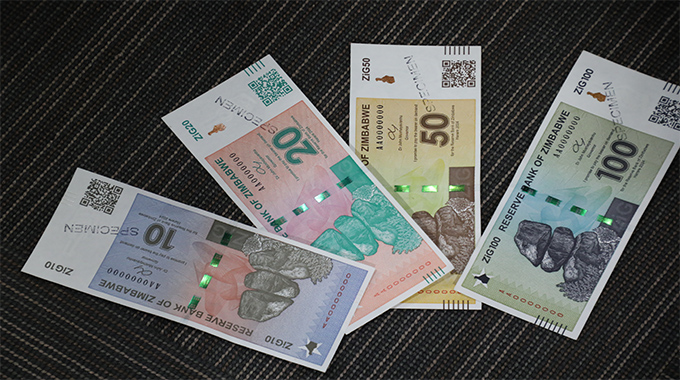Asian stocks rally
while Japanese exporters were helped by the yen’s weakness on expectations of interest rate rises in Europe and the United States.
Renewed demand for shares came despite concerns the global economy could be hurt by Japan’s struggle to contain the world’s worst nuclear crisis in decades, conflicts in Libya and the Middle East and Europe’s festering sovereign debt problems.
Concerns over those risks have eased, for now, with expectations that stocks worldwide will move higher into the new quarter, analysts and traders said.
“Global equities are stronger and it is risk-on again,” a trader at a US investment bank said.
Japan’s Nikkei index rose 2,4 percent in afternoon trading, after two days of losses.
So far in March, it has shed 8,8 percent, heading for its worst month since May 2010. Year to date, the benchmark has fallen 5,3 percent.
Among individual stocks, Tokyo Electric Power was the spotlight again, tumbling nearly 18 percent on concerns that the operator of the quake-stricken nuclear reactors in northeastern Japan may be nationalised.
Other Asian equities have recovered from their losses since a devastating earthquake and tsunami hit northeast Japan on March 11.
MSCI’s index of Asia-Pacific shares outside Japan was up 1,5 percent on the day. It has risen 4,0 percent so far in March and up 0,6 percent this year.
MSCI’s world index rose 0,3 percent, taking its gains for the year so far to more than 3,1 percent, with weakness in Asia offset by strong gains early in the year in major indexes in the United States and Europe as investors rotated from emerging markets to large, developed ones.
The yen dipped to a 10-month low against the euro and neared a three-week trough versus the dollar early in Asia, having suffered broad losses after several chart support levels were breached plus expectations of rising rates in Europe and United States.
In recent days, several top US central bank officials said further bond purchases by the Federal Reserve were not needed to support the economy, while European Central Bank President Jean-Claude Trichet signaled his inflation concerns because of rising food and energy prices.
“We have had comments from the Fed and a shift in sentiment towards the US policy from a rate perspective that has really pushed US-Japan yield differentials, driving the dollar higher,” said Mitul Kotecha, head of global FX strategy at Credit Agricole in Hong Kong.
The yield gap between two-year US and Japanese government debt has ballooned over the past 1-1/2 weeks to a tad more than 61 basis points, the widest since early February.
Two-year US Treasury yields, which are most sensitive to traders’ views on changes in Fed policy, hovered at their highest in six weeks at 0,83 percent on Wednesday, while two-year JGB yields have bounced in a tight range of 0,18 percent to 0,25 percent so far this year.
Traders have been adjusting their books and most investors have moved to the sidelines in advance of the last day of the quarter and Japan’s fiscal year. Light volume has heightened intraday volatility across financial markets.
The dollar rose as high as 83,02 yen, well above the 76.25 all-time low, which it scaled in the week after the quake. It last traded at 82,94.
The euro touched 116,95 yen after breaking through major resistance around 115,50/60, a level that has capped the pair since May 2010. It last traded about 116,73.
Among precious metals, gold turned up modestly, snapping a four-session losing streak as hawkish central bank comments reduced its appeal as an inflation hedge. – Reuters.







Comments